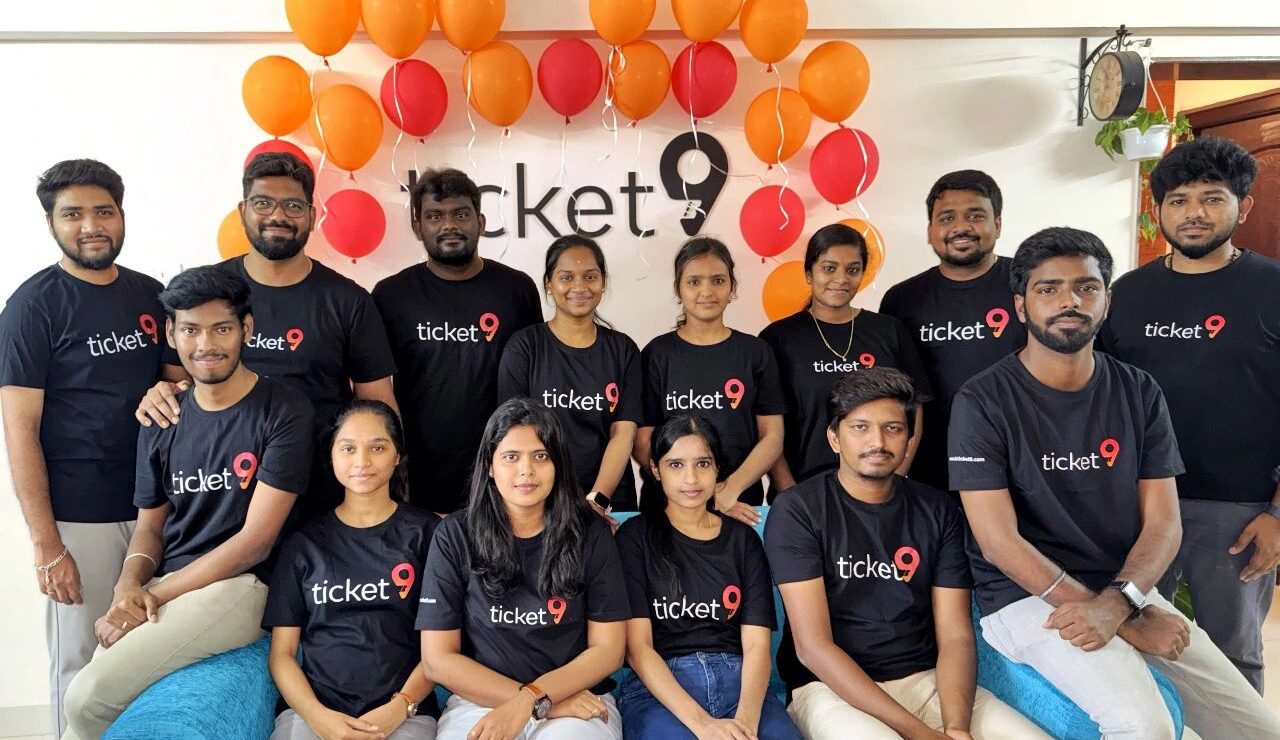With India pushing for renewable energy and sustainable living, solar-powered devices are no longer a luxury but a lifestyle change and hence solar gadget business is booming. The demand is growing from rural houses with power outages to city millennials choosing green technology.
For young entrepreneurs, this trend offers a low-risk, high-impact business opportunity. With just ₹3-5 lakh in hand, you can set up a thriving online and offline solar gadget retail business.
Here’s a detailed breakdown of how to start, what to sell, and how much you can earn.
Solar Gadget Business
Sell affordable, solar-powered gadgets like:
- Solar fans
- Portable lanterns
- Motion-sensor garden lights
- Solar mobile chargers
- Emergency torches
You can retail them via your own website, local events, Instagram, Amazon, or Flipkart—targeting students, campers, urban homes, rural buyers, NGOs, and schools.
Why This Idea Works
- India aims for 280 GW solar capacity by 2030
- 40% of rural homes still face power cuts
- Gadgets require zero running cost, making them attractive long-term
- Youth are increasingly eco-conscious and gadget-savvy
Business Setup Cost (Detailed Math)
| Expense | Amount (₹) |
|---|---|
| Inventory (Mixed solar products) | ₹1,20,000 – ₹2,00,000 |
| Website + Hosting | ₹15,000 – ₹25,000 |
| Marketing (Online + Local) | ₹40,000 – ₹60,000 |
| Packaging & Branding | ₹30,000 – ₹50,000 |
| Rental/Storage (optional) | ₹20,000 |
| Business Setup (GST, etc.) | ₹10,000 – ₹15,000 |
| Contingency / Buffer | ₹40,000 – ₹60,000 |
| Total Investment | ₹2.75 – ₹4.9 lakh |
Product Examples & Profit Margins
| Product | Purchase (₹) | Sell (₹) | Profit/Unit |
|---|---|---|---|
| Solar Lantern | ₹200 | ₹500 | ₹300 (~60%) |
| Solar Table Fan | ₹1000 | ₹2200 | ₹1200 (~55%) |
| Motion Sensor Light | ₹350 | ₹850 | ₹500 (~58%) |
| Mobile Charger (Solar) | ₹300 | ₹700 | ₹400 (~57%) |
| Garden Light Set (4 pcs) | ₹600 | ₹1400 | ₹800 (~57%) |
Tip: Source from wholesalers via Indiamart, TradeIndia, or local markets like Delhi’s Bhagirath Palace or Mumbai’s Lamington Road. Prefer Indian MSME suppliers for warranty & support.
Step-by-Step Setup Plan
Week 1–2: Market Research
- Visit local electronics or solar shops
- Understand top-selling items and price gaps
- Research buyer personas (urban youth, rural resellers, students, campers)
Week 2–3: Legal & Vendor Setup
- Register business (sole proprietorship or LLP)
- Apply for GST & open a current account
- Shortlist suppliers and order test units (MOQ: 20–50 pcs)
Week 4: Branding & Website
- Design logo, packaging (eco-friendly)
- Build Shopify or WooCommerce site (₹15–20k with Razorpay/UPI)
- Add high-quality product photos, Hindi/English instructions
Week 5–6: Go-To-Market Launch
- Start Instagram page with product demo reels
- Run ₹500–₹1,000 influencer campaigns (micro-creators)
- Offer combo packs for festivals or student deals
- Attend local college fests, farmer’s fairs, or weekly haats
Business Projections
Assuming just 250 units sold per month, here’s the math:
| Metric | Estimate |
|---|---|
| Avg Selling Price | ₹600 |
| Gross Revenue | ₹1.5 lakh/month |
| Profit/Unit | ₹250–₹300 |
| Monthly Net Profit | ₹50,000–₹70,000 |
| Break-even Period | 6–9 months |
Promotion & Expansion Tips
- Offer cash-on-delivery for semi-urban/rural orders
- Run seasonal campaigns during Diwali, Earth Day, or summer
- Tie up with resellers in villages or kirana stores
- Create DIY tutorial videos on YouTube in Hindi
- Partner with NGOs or CSR arms of companies for bulk orders
Future Scale Ideas
- Franchise micro-kits to rural entrepreneurs (₹10,000–₹25,000 per kit)
- Launch your own branded solar gadgets (white-labeling)
- Add DIY solar kits for schools and colleges
- Expand into B2B orders for farm sheds, rooftop stalls, or hostels
In a country where the sun generously shines but electricity remains uncertain, solar-powered gadgets are no longer a luxury; they are a lifeline.
Also Read: Charge Your Laptop with Sunlight: Lenovo’s Yoga Solar PC Unveiled


























